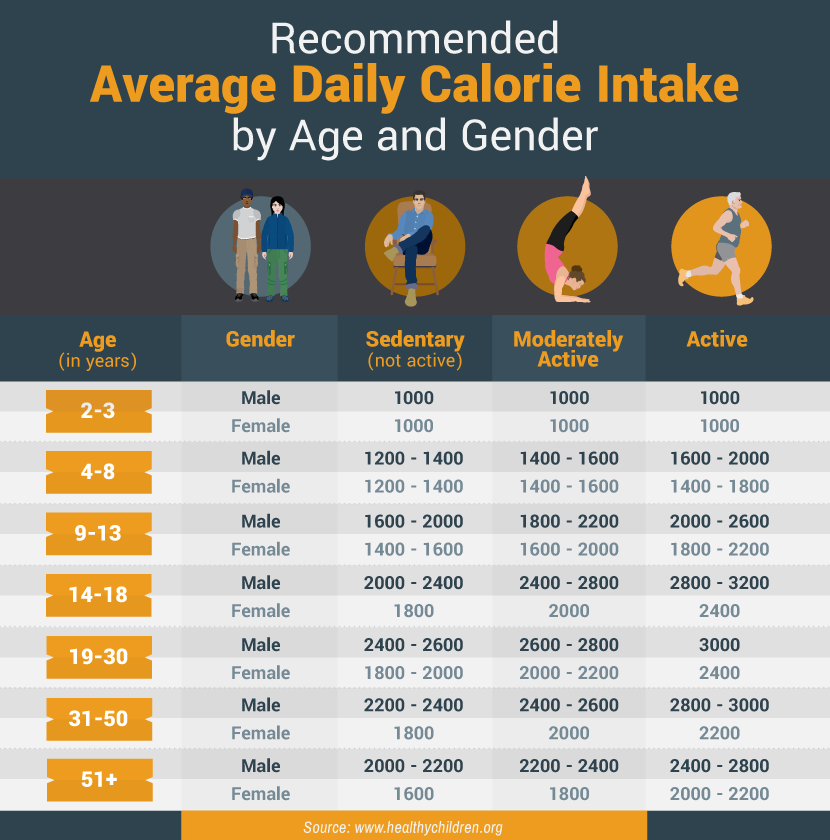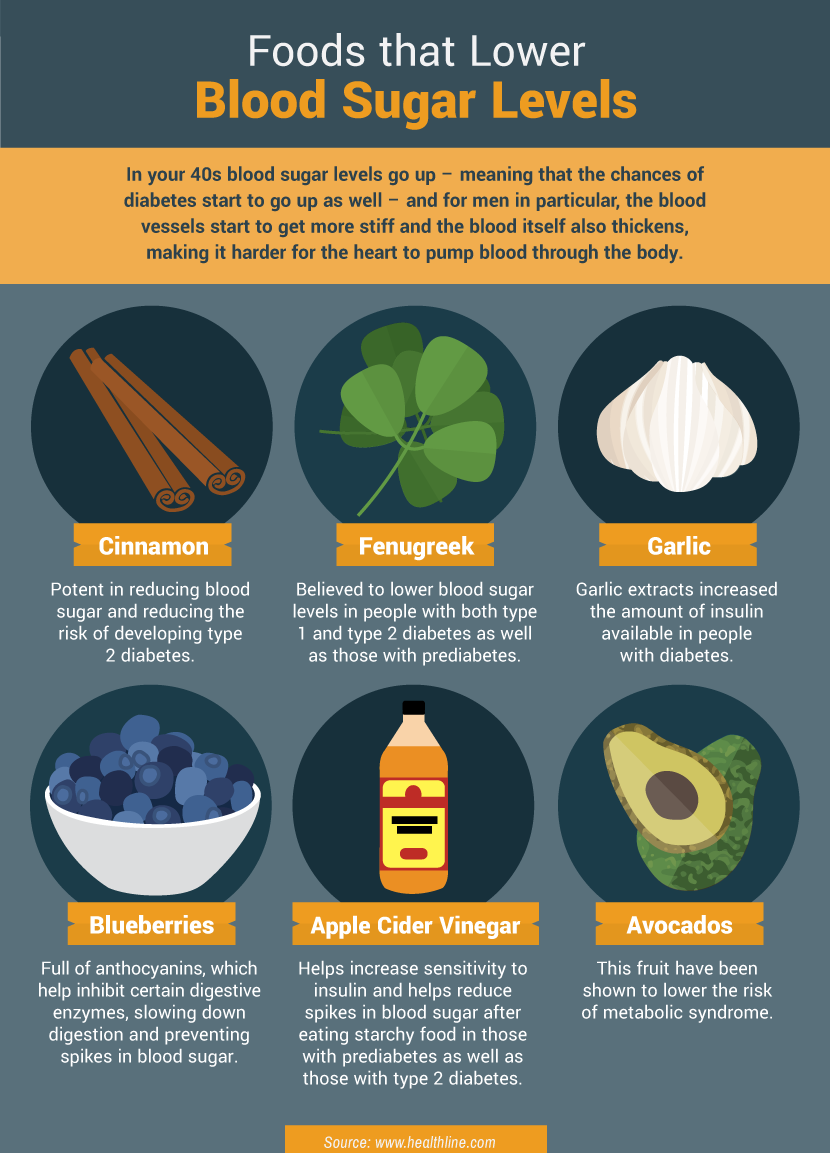Exercise Through the Decades:
Workouts for Each Phase of Life
There’s no question that as we age – as our lives change – our fitness needs and abilities cycle up and down as well. As a kid, you could snack on cupcakes and juice then run out to play with friends for 20 minutes.
That was a good workout! Now, as a grown-up, you have to be a little more deliberate about what you do on the playground to get a good burn.
Overall, no matter what your age, there are a few good things to keep in mind:
Diet counts. There’s a saying that you can’t out-train a bad diet, and it’s true! While the whole “calories in, calories out” equation may seem a bit simplistic,
there’s absolutely a strong correlation between what we eat and how well we adjust to fitness changes.
So a great first step is to work with a registered dietitian or nutritionist to calculate exactly how much fuel you need at your age,
with your current activity level, etc., and what foods are will best support you on your healthy living journey.

Chronic health conditions should be considered. Just because you get older doesn’t mean you’ll get sick. And just because you’re young doesn’t mean that diseases and other health complications should not factor into what you do.
It’s really important that you work with a medical expert before heading to the gym. Did you know that certain exercises and postures can be especially dangerous for people with diabetes or hypertension?
Or that if you’re on certain medications – beta-blockers, diuretics, or even antidepressants – your body’s ability to react to certain workouts is drastically different from someone who is not being treated?
It’s about attitude. When I’m not working as a fitness freak, I’m the executive producer for Growing Bolder, a TV series which celebrates men and women of all ages, but particularly those who are 40 and over, and highlights their incredible physical accomplishments.
Assuming you have the green light from your doctor and you find something that you want to stick with, there’s no reason that you can’t achieve things in your 50s, 60s, and beyond that you couldn’t achieve as a teenager or young adult.
Small steps make a big difference. Even 20 minutes a day of working out can make a huge difference in the prevention of disease, the warding off of weight gain, and overall cardiovascular fitness. 20 minutes is a lunch break!
So rather than getting overwhelmed by what can feel like a massive commitment to health and fitness, think about it as taking some time for yourself every day to both exercise your body and engage your brain.
So, what things should you keep in mind through the decades?
In Your 20s
You’re young! You’re carefree! And you’re able to guzzle down beers and pizza without seeing a change in the scale! At first, at least.
But as you enter your mid- to late 20s, you’ll likely see that your metabolism – your body’s ability to burn calories/energy with every breath – decreases.
That means that you may need to put in more work at the gym than you did before.
The good news? In your 20s, you’re less likely to experience some of the age-related diseases and complications that may pop up in the next four or five decades, so this is a great time to commit to a healthy lifestyle.
If gyms and workouts aren’t your thing, try joining an amateur sports team! Things like soccer, basketball, swimming, and even volleyball can be fun and sneaky ways of keeping your cardiovascular fitness at a high level.
If building strength and staying lean and toned is your goal (and it often is, at this age!) a few exercises to try at the gym:
- Bench Presses: Lying flat on your back on a weight bench, position your hands about shoulder-width apart and lift the weight off the rack; starting with arms straight above you, gently lower the weight down toward your chest, then press it back up to the starting position.
- Overhead Shoulder Presses: In either a seated or standing position, hold a weight in each hand. With your elbows at 90 degrees on either side of your head and your wrists pointed forward, gently raise the weights above your head until your arms are straight, then gently lower back to starting position.
- Weighted Squats: With a barbell behind your neck or dumbbells held in each hand, with arms at your sides, perform a squat by pushing your glutes toward the back of the room; keep your weight in your heels and lower until you’re in a seated position.
- Treadmill Interval Sprints: Choose intervals of 30 or 60 seconds or more and then alternate running and walking or jogging.

In Your 30s
Men and women may start to have their fitness and health schedules affected by longer workdays, family demands, financial swings, and other complications, so often the challenge is getting a lot of bang for the workout buck.
Plus, the mind-body connection is really crucial at this age. A few exercises and workouts to consider, in a studio or fitness center:
- HIIT or high-intensity interval training – a series of exercises that require your maximum output, followed by a short recovery
- Yoga/Pilates
- Dance Fitness
Keep in mind that as you enter your 30s, your maximum heart rate may also start to drop (the basic calculation for this is 200 minus your age;
this gives you the number of times your heart should beat per minute). So when you’re factoring in how intense your workout should be, remember to adjust!
Women who are pregnant or who have given birth have changing needs in their late 20s and early 30s. Exercise abilities and needs are drastically affected by pregnancy, so your workouts may need to adjust.
For example, any postures that require you to be on your stomach or on your back should not be done during the second and third trimesters.
Additionally, women who are pregnant or have given birth need to be very cautious about traditional abdominal and core work, because it can lead to a separation of the abdominal muscles (Diastasis recti).
In Your 40s
Forty is the new 20 – it may be a cliché, but more and more people are proving that you can slow the march of time, even if you can’t stop it. But there are a few things that science tells us about aging and our body:
starting in middle age, almost all Americans start to put on weight (three to four pounds a year) but they also start losing muscle.
So most of that weight is fat, which can lead to higher levels of bad cholesterol and lower levels of the good.
Blood sugar levels go up – meaning that the chances of diabetes start to go up as well – and for men in particular, the blood vessels start to get more stiff and the blood itself also thickens, making it harder for the heart to pump blood through the body.

And to add insult to injury, the entire system starts to get stiffer – muscles and ligaments feel tighter with the same workouts from the previous decades, and testosterone,
according to a Harvard study, drops by about 1 percent per year after the age of 40.
Distressing? Depressing? It doesn’t have to be! Try these exercises to keep your energy levels up and to fight the fat.
- Circuit Training
- Cycling (Indoor or Outdoor)
In Your 50s
There are so many role models who prove that fitness not only doesn’t have to fall off when you’re in your 50s – it can actually peak!
Masters sports is a fast-growing segment of amateur and professional athletics, and no matter what you love to do and play, there’s probably a team for you.
But, of course, there are some major physical and physiological changes that start to creep in at this age. Most notably for women, menopause can cause estrogen levels to drop, and that may lead to an increased risk of cardiovascular disease,
high blood pressure, heart trouble, and more.
Plus, bone density drops, so strength training – particularly weight-bearing – remains a crucial part of a balanced workout plan.
The good news? At this point, you’re likely to have fewer family demands as your kids leave the house and start their adult lives,
and you may have more financial freedom to invest in time with a personal trainer, gym memberships, fitness retreats, and more.
Great activities to try:
- Swimming
- Tennis
- Elliptical Machines
In Your 60s and Beyond
Unfortunately, the risk of developing diabetes, osteoporosis, arthritis, and cancer increases as we enter our 60s and beyond. If you started exercising before your 60th birthday, that’s great!
If not, it’s never too late to get moving (with your doctor’s approval).
Even if you are being treated for an acute or chronic condition, there are exercises and fitness programs that are completely appropriate and may even help slow or stop the progression of your illness.
Plus, even the healthiest people have slower metabolisms in this decade, meaning that you’ll have to work harder to eat right, work out, and keep extra weight off (even a few pounds can have negative effects).
While strength training, cardio and even some high-impact exercises can be fun and completely safe, keep in mind that you may start to have posture and other balance issues, so keeping a focus on functional fitness is important.
Try these lower-impact exercises:
- Yoga
- Swimming
- Walking
- Tai Chi
So, what’s the takeaway? Your body changes with every decade. The more you take care of yourself in the early years, the healthier and more fit you’ll be as you reach your 40s, 50s and beyond.
But it’s never too late to make small changes, which can add up to big health benefits.
Work with your doctor, monitor any diseases or physical ailments that may require some modifications, and then get moving!
Embed the article on your site

